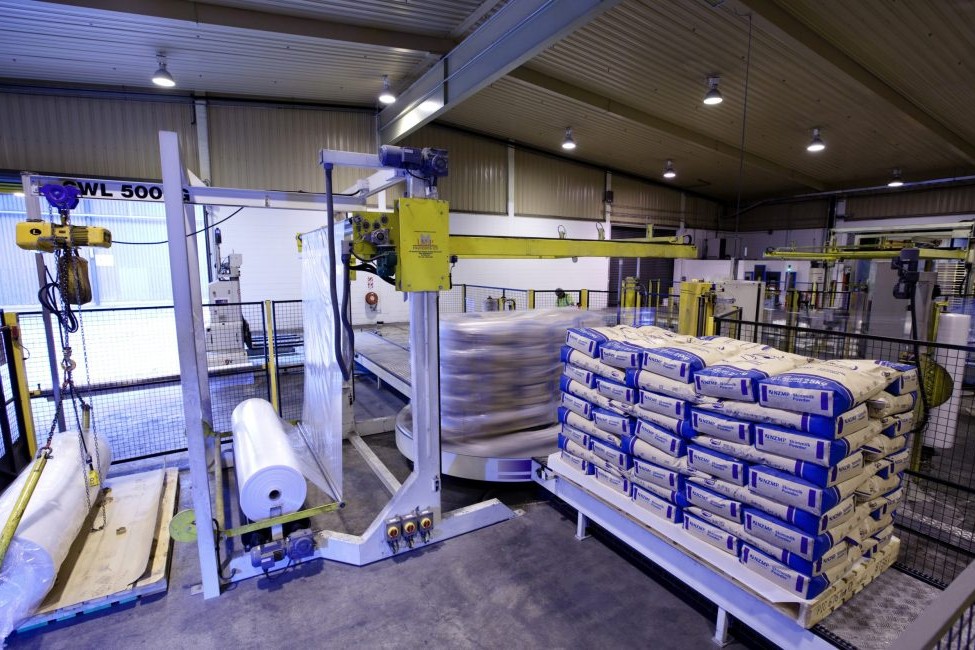By Wagner Beskow
Brazil’s environmental legislation started in 1934, with early discussions in 1898. Native vegetation must now be preserved, currently at 20, 35 or 80% of the farms, depending on regional biomes (from southern grasslands to the Amazon basin, respectively), as well as hill tops, steep slopes (>45°), wetlands and riverbanks (up to 30m preservation on each side). Unauthorised killing of native animals, destroying native vegetation or illegally trading any of these are considered an environmental crime (1998), non bailable since 2012.
In 1975, Brazil pioneered the first large scale renewable energy programme ever adopted worldwide: PROÁLCOOL, a national programme that promoted the production and distribution of sugarcane ethanol and the creation and sale of 10 million ethanol vehicles. Today, there are no petrol only cars in the country, but flex-fuel cars, running on ethanol or petrol (Brazilian petrol has a mandatory 25% ethanol mixture and diesel has 14% biodiesel).
In 1978, federated states started regulating factory emissions (standardised nationally in 2007). In 1997, vehicle emission restrictions were enforced and became more stringent since 2002.
In early 1980’s, direct drilling was introduced (as part of the no-till agriculture) and is now used in more than 90% of cash crops, winter cereals and temperate pastures (98% in the case of soybean seeding).
During the late 1980’s, crop rotation practices and cover crops (“green manure” as they were called then) were adopted in large scale. Since 1993, burning of vegetation, including that of grasslands and sugarcane plantations, became largely restricted and have since been replaced by alternative management and harvesting practices. Soil erosion, a major concern in the 1970’s, was thus controlled, with the added bonus of an increase in soil organic matter (“carbon sequestration” had not been coined yet).
In the late 1990’s, crop-livestock, livestock-forest, and crop-livestock-forest integrated systems were researched, tested in commercial scale and recommended. Crop-livestock systems were quickly adopted, while the other two alternatives only became commonplace in the 2010’s, including some very promising dairy farm initiatives, providing commercial wood, ample shadow for livestock, and carbon sequestration to mention only some of their advantages.
In 2009, Congress approved the National Climate Change Policy (the “PNMC” law), Brazil’s own voluntary attempt at mitigating greenhouse gas (GHG) emissions, which established the need for sectoral discussions and agreements, particularly energy, agriculture and transport sectors.
It also created the Brazilian Market for Emissions Reduction (the carbon market), but these are only considered ready to operate and fully regulated as of May this year, after a new piece of legislation which defined carbon credit, methane credit, stored carbon parameters, the national carbon emissions and reduction ledger, and the workings of credit transactions.
In 2010, Brazil launched the “ABC plan” (“agricultura de baixo carbono”, meaning low carbon agriculture, in Portuguese), a large national initiative of voluntary adoption setting out guidelines and rules for farmers and growers to access its specific funding scheme (initially 5.5 then 7% annual interest). The programme was very successful, mitigating 170 million tonnes of CO2 eq., in 52 million hectares by 2020, or 327kg of CO2 eq./hectare/year, a sum that was 46.5% above programme’s goals (note this is agricultural sector alone). Given its success, “ABC+”, a follow up of the original programme, was announced last June, with the aim of reducing the emission of 1.1 billion tonnes of agricultural CO2 eq. by 2030 (interest rates are currently being revised because of inflation, affecting global economies).
Today, Brazil runs its whole economy on 83% renewable energy, and growing, while the world average is only 27%. This sequence of achievements has not been easy, but it has been done primarily through research, innovation, education, consultation, and legislation. Whenever controversy dominated a discussion, this was overcome before advancing with legislation and in the rare moments when that was not achievable, adoption was made voluntary. Such is the case with carbon emissions in agriculture, and it is working (see graph).
- Wagner Beskow is a senior dairy researcher and farm consultant with Transpondo, Brazil.





